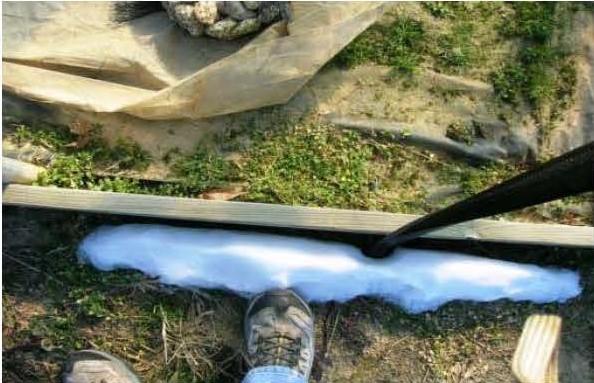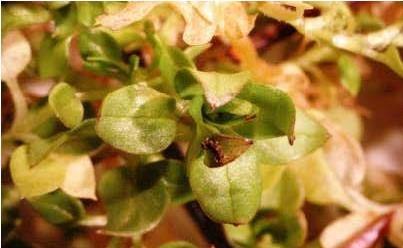High Tunnels - Overwinter Problems
High tunnels (HTs) are up and running now and we usually do not see many pest problems early on, but there are some potential problems that could develop later in the season that get their start now. One potential problem is when the HT was not cleaned up after the previous year’s crop was finished. Many of these are old tomato plantings, most of which had their plastic, stakes and drip-tape removed but the plants were left to rot in the HT over the winter. With as cold a winter that we have had this does not seem like too bad of an idea, but these plants more often than not harbor problems that will manifest themselves in May or June if not earlier. In about 35% of the HTs that had left the crop to rot I could find, usually at low levels, overwintering female two spotted spider mites on some of the plant material that remained green. These overwintering female mites (always female) are an orange-red (Fig 1 - above). As soon as the HT has fresh plants in it these mites will move over to these plants and begin to feed and reproduce. These mite populations slowly build and spread throughout the HT during the season and when it gets very warm outside they can explode in numbers. Normally growers do not check their small plants for mites in March or April because it is so rare that spider mites are present, but I have seen an increasing number of HTs with two spotted spider mite problems early in the year when there should be none. These mites are either the overwintering kind or they have been brought in on the transplants; whichever is the case small tomato plants need to be inspected for mites early in the season.


